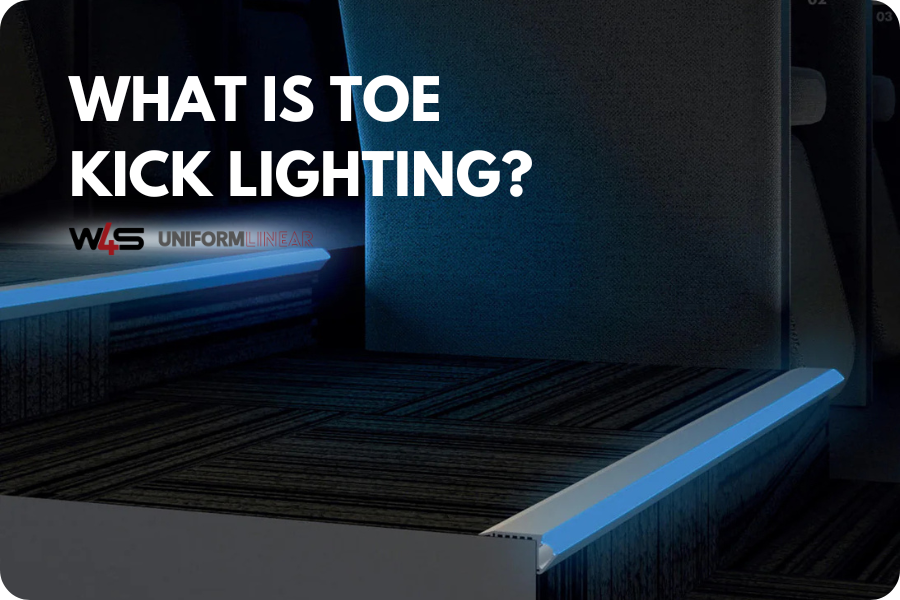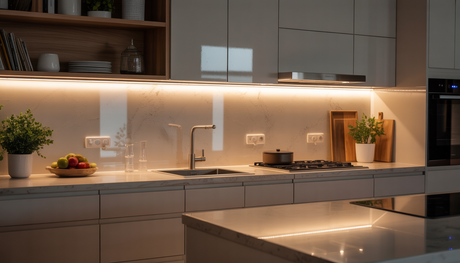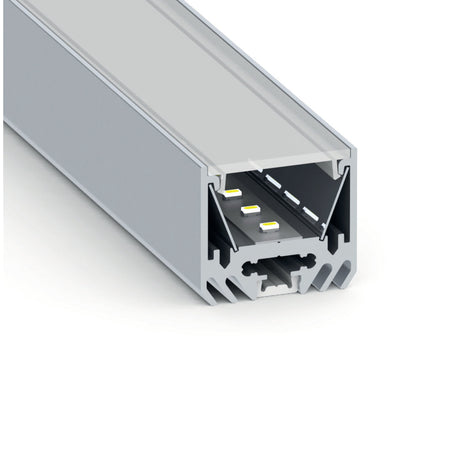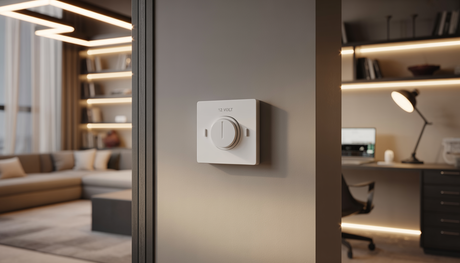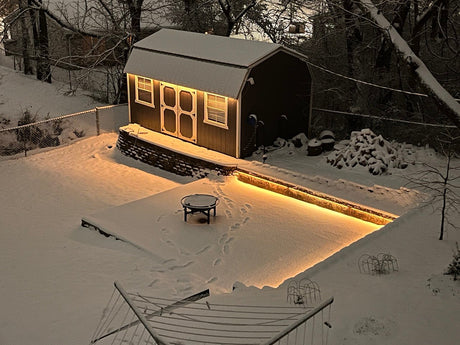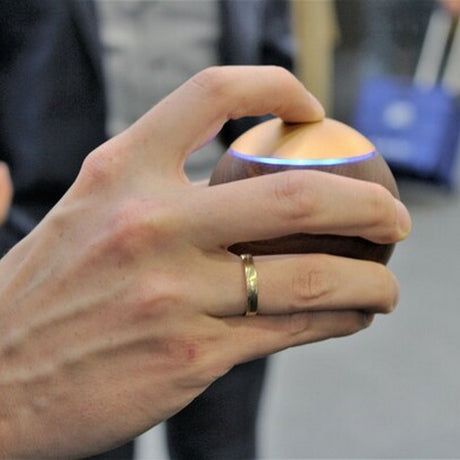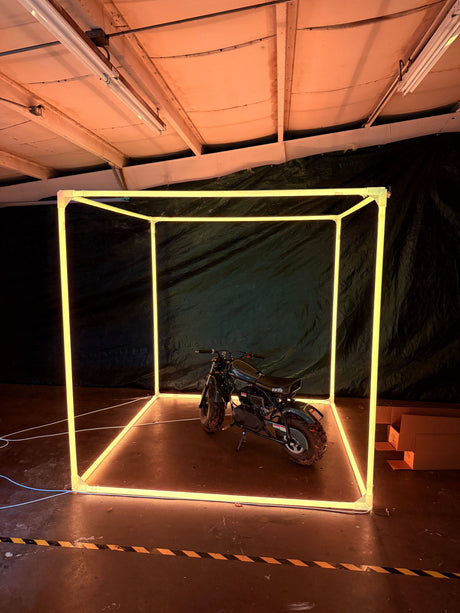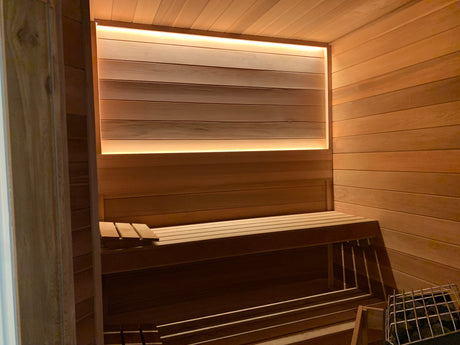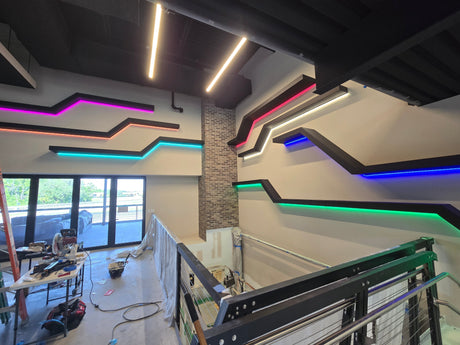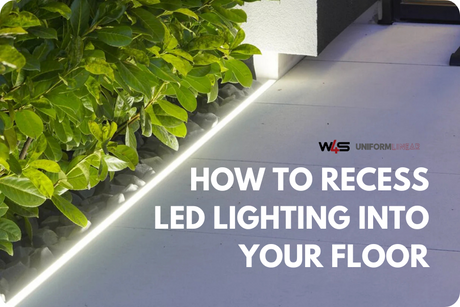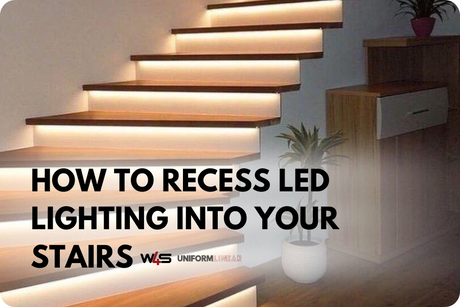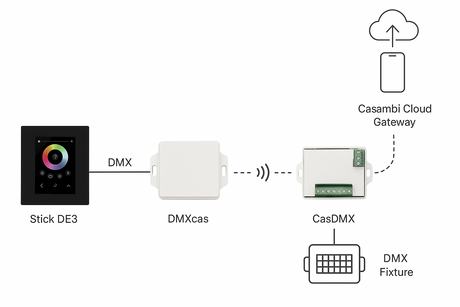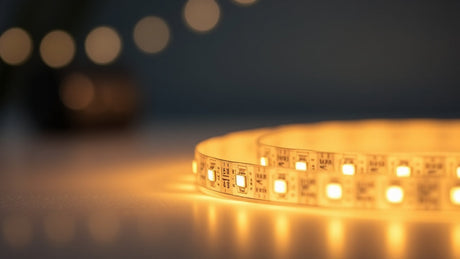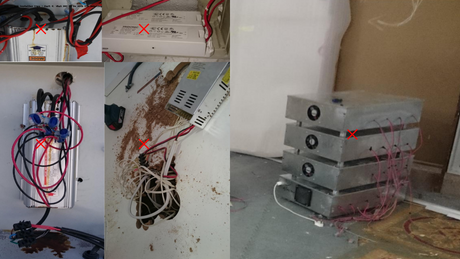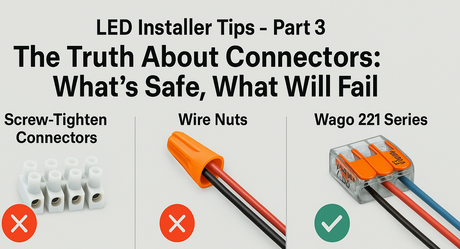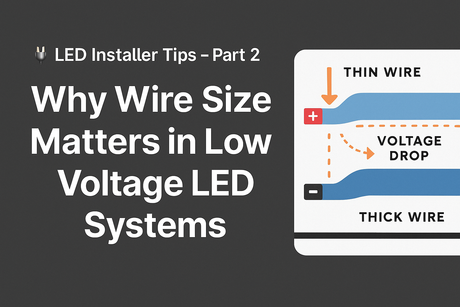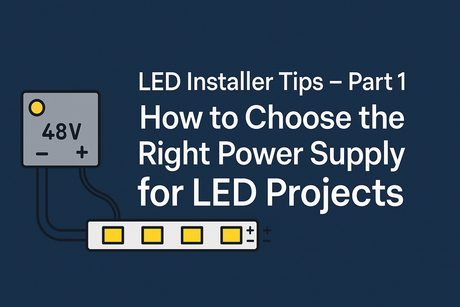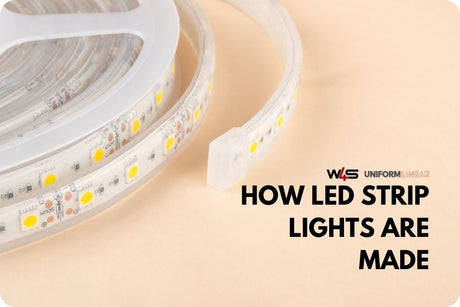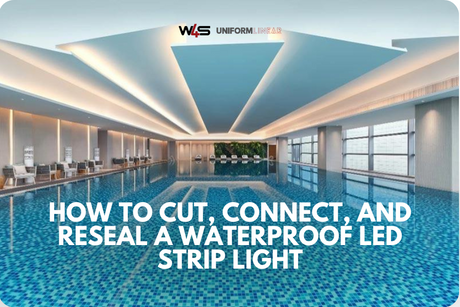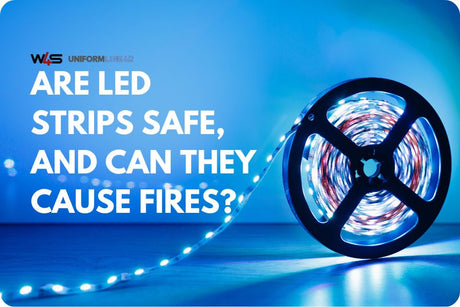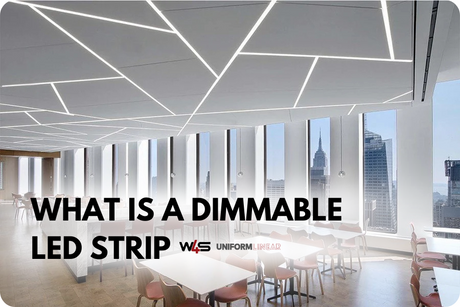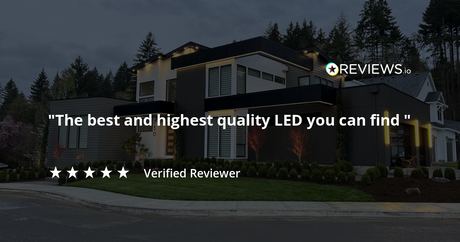When we think about lighting, our minds usually jump to ceiling lights, pendant fixtures, or lamps. But there’s one type of lighting that often goes unnoticed—toe kick lighting.
It’s that subtle yet functional light installed along the bottom of cabinets, kitchen islands, or bathroom vanities.
Now, you might wonder, “Is toe kick lighting just for aesthetics?” Nope! While it does create a stylish, modern look, it’s also incredibly practical.
Think about those late-night trips to the kitchen—instead of feeling for a switch or blinding yourself with overhead lights, a soft glow guides your way. Not only does it enhance safety, but it also adds a premium touch to any space.
In this guide, we’re breaking down what toe kick lighting is, how it works, and why you need it for your home.
Whether planning a remodel or just looking for ways to improve your home’s ambiance, this is one lighting upgrade you don’t want to overlook.
How LED Toe Kick Lighting Works

So, how exactly does toe-kick lighting work? It’s actually simpler than you’d think. At its core, this type of lighting relies on LED strip lights installed along the recessed space at the bottom of kitchen cabinets, bathroom vanities, or even a kitchen island.
Since LED technology is energy-efficient, you get a beautiful, functional glow without a major increase in energy consumption.
Types of LED Lights Used for Toe Kicks
Not all cabinet lighting is the same, and the type of LED strip lights you choose makes a big difference in how the lighting looks and functions.
- Warm LED Strip Lights – If you want a soft glow that mimics natural lighting, warm white LEDs (2700K–3000K) are the way to go. They create a cozy ambiance, perfect for a welcoming kitchen or bathroom.
- Cool White LED Strip Lights – For a modern, crisp feel, white lights in the 4000K–5000K range provide subtle illumination with a cleaner aesthetic.
- Color-Changing RGB LED Strips – Want to take your kick lighting solutions up a notch? RGB LED strips let you switch colors and even create dynamic lighting effects for a more customizable look.
- Motion-Sensor LED Strips – These are perfect for nighttime lighting. As soon as you step near, the soft lighting turns on automatically—no need to fumble for a switch in the dark.
Power Supply and Installation
These lights run on low voltage, typically 12V or 24V, which means they require a power supply to convert standard household voltage. Most installations use Aluminum Channels to house the LED strips, which help with heat dissipation and give a sleek, polished finish.
And don’t worry—ease of installation is one of the biggest perks of this additional lighting. With peel-and-stick backing and plug-in or hardwired options, setting up kick lights doesn’t have to be complicated.
Aesthetic and Functional Benefits

Toe kick lighting isn’t just about subtle glow and style—it’s also incredibly practical.
Increasing the Visual Appeal of a Space
Adding indirect lighting under kitchen cabinets or along a kitchen island creates a floating effect that instantly elevates the room’s design. Since it’s placed low, it doesn’t interfere with overhead lighting but adds accent lighting that blends seamlessly with your space.
Safety Features and Practical Uses
- Nighttime Navigation – No need to turn on harsh overhead lights when grabbing a midnight snack. The soft lighting along the kitchen floor plan keeps your path illuminated without disrupting your night vision.
- Child and Senior-Friendly – Recessed lights at floor level help prevent trips and falls, making them a great option for homes with kids or elderly family members.
- Improved Task Lighting – While these lights aren’t a replacement for task lighting, they work great as additional lighting in workspaces like kitchens and bathrooms.
Where to Use Toe Kick Lighting in Home Design
Toe kick lighting is a smart way to enhance different areas of your home. Let’s go over the best ways to use toe-kick lights in your home.
Kitchen: The Best Spot
If there’s one place where this lighting truly shines, it’s the kitchen. Not only does it look sleek, but it also helps with safety, especially at night when you don’t want to turn on bright overhead lights.
- Under Cabinets – Installing LED strips along the bottom of lower cabinets gives a soft glow that highlights the floor while making the space feel more inviting.
- Kitchen Islands – A well-lit kitchen island creates a floating effect that makes the entire space look more polished. It’s a small touch that instantly upgrades the room’s design.
- Toe Kick Drawers – Some kitchen setups have hidden storage drawers in the toe kick area. Adding lighting here makes them easier to see and use.
Bathroom: Style Meets Function

Toe kick lighting provides a subtle light source for nighttime use, so you’re not blinded by bright vanity lights when you just need a quick trip to the sink.
- Under Vanity Cabinets – A gentle glow beneath the vanity adds a spa-like feel while also keeping the floor lit at night.
- Bathtub Accent Lighting – Placing lights under a freestanding tub creates a relaxing atmosphere, perfect for winding down.
- Hallway Night Lights – For bathrooms near bedrooms, toe kick lighting can act as a soft guide in the dark without waking anyone up.
Living Room and Beyond: Expanding the Possibilities
Kitchen and bathroom upgrades are the most common, but toe kick lighting can work in other spaces too.
- TV and Media Units – A strip of light under a TV stand or media console gives a floating effect that looks modern and stylish.
- Hallways and Baseboards – Instead of harsh overhead lighting, soft baseboard lighting can create a warm pathway effect, perfect for nighttime navigation.
- Floating Shelves – Adding lighting underneath floating shelves makes décor pop, adding a subtle but effective highlight to the space.
Best LED Channels for Toe Kick Lighting
Using the right LED channel makes a huge difference in how your toe kick lighting looks and functions. Here are some of the best options for a professional finish:
1. Baseboard Lighting Profile – ALU Swiss Profile
If you’re looking for a high-quality, two-part baseboard LED lighting system, this baseboard lighting profile is a great option. It includes a reflector profile that directs light evenly and a separate Alu-Swiss profile where the LED strips are installed.
The biggest advantage? Easy installation and maintenance—the design allows for quick access if you ever need to service the lights.
✔ Compatible with angled and linear connectors for precise installation
✔ Can be used for both baseboard and ceiling lighting
✔ Allows for a clean, modern finish with easy servicing
2. Skirting & Baseboard LED Lighting Profile – Model Skirt10

This baseboard LED channel is designed to provide soft, indirect lighting along the floor, making it perfect for hallways, passageways, and even kitchen baseboards. The built-in reflective cove enhances the glow, ensuring a seamless lighting effect.
It also comes in anodized silver or white, so you can choose the best match for your space.
✔ Ideal for accent lighting in hallways and kitchens
✔ Energy-efficient while providing effective illumination
✔ Comes with a clip-on cover profile for a clean look
3. 30/60 Degree Corner LED Channel – Model Cabi12
This 30/60 Degree Corner LED channel is designed for angled installations, making it ideal for cabinets, floating shelves, and other tight spaces. It gives you two lighting angle options—30° or 60°—depending on how you install it.
A bonus? It hides cables neatly, keeping your setup looking professional.
✔ Provides angled lighting for cabinets, shelves, or accent areas
✔ Lightweight and easy to install with adhesive—no screws or clips needed
✔ Available as a kit with an opal cover and end caps or as a standalone profile
4. Bendable LED Channel – Model Arc12
If your design includes curves or unique shapes, this bendable LED channel is the perfect solution. It can be bent to fit curved surfaces while still holding its shape.
✔ Ideal for curved installations, including arches and suspended lighting
✔ Holds its shape after bending—no extra support needed
✔ Works for both inside and outside curves
Best LED Strips for Toe Kick Lighting
When choosing LED strips for toe kick lighting, the key factors to consider are brightness, flexibility, color accuracy, and power efficiency. Here are some of the top options:
1. Thin LED Strip IP20 High CRI LED 2216 (24V) ~ Honey Suckle Series
If you need a slim and flexible LED strip that fits into tight spaces, this is the perfect choice. Its ultra-thin design makes it ideal for small LED channels and detailed lighting applications.
Plus, with a CRI over 90, it ensures accurate color representation, which is great for kitchens, workspaces, and retail displays.
✔ Ultra-thin and flexible—perfect for narrow spaces
✔ High CRI (90+) for exceptional color accuracy
✔ 24V power allows for longer runs with consistent brightness
2. White Adjustable IP20 LED Strip (24V) ~ Sunrise Series

This tunable white LED strip allows you to adjust between warm and cool lighting, making it perfect for changing moods throughout the day. Use cool white for a fresh atmosphere during the day, then switch to warm white for a relaxing glow in the evening.
✔ Adjustable color temperature for total customization
✔ Ideal for kitchens, cove lighting, and mood lighting
✔ Works with wireless controllers for easy smartphone control
3. IP20 Ambient LED Strip (24V) ~ Decor Series
For a soft, energy-efficient glow, this low-power ambient LED strip is perfect. It’s designed for baseboard lighting, cove lighting, and crown molding accents—anywhere you need a subtle, decorative effect.
Its low power consumption means reduced energy use and less heat output, making it a smart long-term investment.
✔ Best for indoor ambient lighting—subtle but effective
✔ Low power consumption for long-term efficiency
✔ Available in multiple color temperatures to match any design
5 Tips for Choosing the Right LED Toe Kick Lighting
Here are some key factors to consider when selecting your LED strips:
1. Brightness (Lumens Output)
The lumens rating tells you how bright the LED strip will be. If you want a soft, ambient glow, go for strips with lower lumens (around 100-300 lm/ft). For brighter functional lighting, choose higher-lumen options (400+ lm/ft).
2. Color Temperature
LED strips come in different color temperatures, measured in Kelvin (K):
- 2700K – 3000K (Warm White): Gives off a cozy, soft light—great for relaxing spaces.
- 4000K – 5000K (Cool White): Provides a crisp, bright feel—best for modern kitchens and bathrooms.
- Tunable White LED Strips: These allow you to switch between warm and cool tones for customizable lighting.
3. Power Supply and Voltage
Most LED toe kick lighting runs on 12V or 24V power supplies. Make sure your power source matches the LED strip’s voltage for smooth operation. A higher voltage (24V) is more efficient for longer runs.
4. LED Strip Density
A higher LED count per foot results in smoother lighting with no visible “dots” or gaps. This is especially important if you want even, continuous illumination rather than scattered light spots.
5. Waterproof Rating (IP Rating)
- IP20: Suitable for dry, indoor areas like kitchens, hallways, and living rooms.
- IP65 or higher: Best for areas with moisture, like bathrooms or outdoor steps.
Why Toe Kick Lighting Is a Smart Home Upgrade

Toe kick lighting is one of those simple but powerful additions that make a home look and feel better. If you’re considering a lighting upgrade, LED toe kick lighting is a great way to add a polished, high-end feel to your home without major renovations.
Ready to install toe kick lighting in your home? Visit our site and check out our collection of high-quality LED strips, channels, and accessories to create the perfect setup!
Frequently Asked Questions
If you’re considering toe kick lighting, you probably have a few questions. Here are some of the most common ones to help you decide if it’s the right upgrade for your home.
Should I Install Toe Kick Lighting?
Absolutely! Toe kick lighting is a simple but effective way to enhance both the look and function of your space. It adds a modern, floating effect while also providing practical benefits like nighttime visibility and energy efficiency.
Whether it’s in the kitchen, bathroom, or hallway, it’s a great addition that can make your home feel more polished.
Can I Install Toe Kick Lighting Myself?
Yes! Most LED toe kick lighting installations are DIY-friendly, especially if you use peel-and-stick LED strips. Many strips come with plug-and-play power options, making it easy to install without electrical expertise.
However, if you’re hardwiring the lights into your home’s electrical system, it’s best to consult a professional to ensure safety.
What Is the Downside of LED Lights?
While LED lights are energy-efficient, long-lasting, and low-heat, they do have a few downsides:
- Initial cost – High-quality LED strips can be pricier than traditional lighting, but they last much longer.
- Color shifting over time – Some lower-quality LEDs can lose their original color temperature after years of use.
- Dimming compatibility – Not all LEDs work with standard dimmers, so make sure you choose dimmable LED strips if adjustability is important to you.
What Is the Difference Between a Toe Kick and Base Molding?
A toe kick is a recessed space at the bottom of cabinets or furniture that allows you to stand closer without hitting your toes against the base. Toe kick lighting is installed in this recessed space to create a floating effect.
Base molding (or baseboard) is a trim piece along the bottom of walls, designed to provide a finished look and protect the wall from scuffs. While both can have LED lighting, baseboard lighting is more about indirect wall illumination, while toe kick lighting is focused on lighting up the floor.
Is Toe Kick Lighting Worth It?
Yes! Toe kick lighting is a small upgrade that makes a big impact. It enhances your home’s aesthetics, improves safety, and adds a touch of luxury without requiring a major renovation.
Plus, with energy-efficient LED strips, it’s a low-cost lighting solution in the long run. Whether for functionality, style, or both, it’s definitely worth considering.
